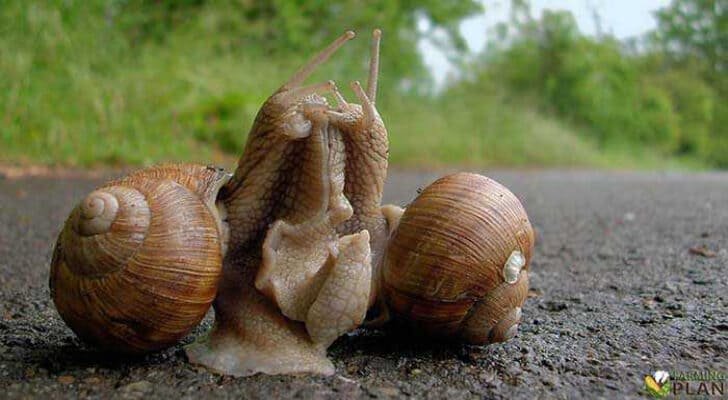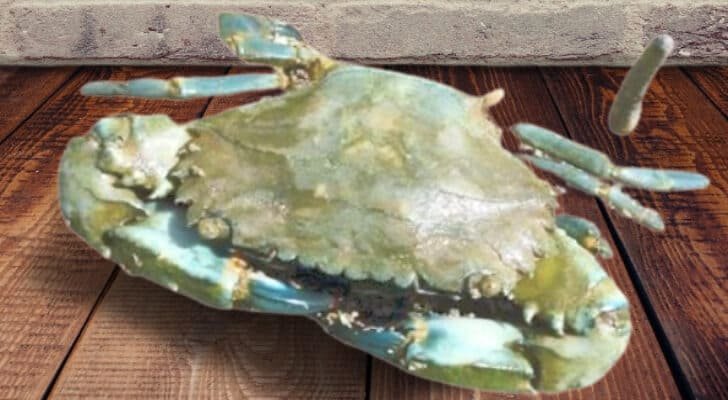There are diverse crocodile farming techniques, although there are factors that are essential to take into account, such as space, money, and food, among other things. There are also other factors that are important. For example, in some countries, they collect crocodile eggs, either to maintain control of the species or to preserve them. Food takes an important role when crocodiles lay eggs. Since depending on the type of food the eggs last less in hatching.
It is a well-known fact that crocodiles are dangerous creatures. They have the ability to snap their jaws shut with so much force, they can take off your head in one bite, but what most people don’t know is how to farm them for use as leather or meat. This blog post will detail some of the different techniques used by farmers in order to raise these animals without any danger to themselves.

Basic requirements for Crocodile Farming Techniques
Crocodile breeding is a relatively new industry, subject to the movements of fashion in distant markets. Which are generally outside the influence of the breeder. In general, the industry is generally based on wild crocodile populations. Which are also generally beyond the control of the farmer.
Any crocodile breeding project needs to carefully weigh all the components and variables that may affect its biological and commercial success. There are some requirements that are fundamental and the breeder must be routed through them. The quality of the skin of the possibly used species is very important. For example, species with classic skins, means small scales are more profitable than nonclassic ones. Because the value of its skin is appreciably higher.
Acquisition of the Breeding Stock
The three main resources of a successful breeding site are breeding stock, food, and money. In some countries, mainly those that are in development, wild crocodile eggs can be purchased at a low cost. But there is no cheap food to feed the growing animals. And there is usually little money for the construction of aging infrastructure.
Because the majority of wild crocodile populations are found in developing countries, it promotes sustainable use for the commercial production of skin and meat. This is accepted as a legitimate conservation tool. Provided that their use is sustainable and creates economic incentives for the preservation of wild populations and their habitats. So that they can be established in the long term.
Breeding
The captive breeding of endangered species for reintroduction to the wild is a specialized area of conservation. Which uses the technology of the hatcheries, although with different goals. The different species of crocodiles vary in their social behavior. Some make communal nests. These are usually raised well in captivity, even if they have been collected as adults from the natural environment.
Others, on the other hand, nest alone in the wild just as saltwater crocodiles do. They also show strong territoriality in captivity, including females. This leads to poor development in captivity. However, all crocodile species have been bred in captivity and may possibly be induced to do so on a commercial scale. Captive breeding is essential if there are no wild crocodiles of commercial value or if the sources of the natural environment have been exploited to the maximum.
However, from a conservationist point of view, where possible, ranching is the preferred form of exploitation. Captive breeding was commonly recommended on the grounds that it freed wild populations from hunting pressure. Even in places where the sources of wild eggs are abundant. Where adults are taken out of the wild to be raised in breeding sites for captive breeding, there will be significant negative effects on the conservation of wild populations.
In many countries, animals that in their natural environment cause problems or discomfort to the human population. These can be used as breeding stock, as an alternative to their elimination. The capture and management techniques are well established for all commercial species.
The techniques have some degree of danger for either the animal or the operator and some require the use of specialized drugs. Adults captured from the wild should be placed in pens that include the environmental conditions necessary for the particular species. You may also like to read Crocodile farming in Australia
Harvest
Harvesting is a viable commercial strategy for crocodile breeding. And it is widely used and accepted its conservationist advantages. The collection of eggs, neonates, or juveniles from the wild gives wild populations a high economic value. Because the clutches are generally numerous and have a high fertility rate. The egg-based collection is as economical, generally more so than captive breeding.
However, the logistics related to the collection of eggs, neonates, and juveniles vary among species and regions. Collection strategies can vary from collecting a fixed quota of eggs or juveniles, to collecting as many as can be found. In those sites where the collection is considered high, management programs may require the return to the natural environment of individuals with sizes in which predation is unlikely.
This compensation minimizes the impact of the harvest and has a clear possibility of exerting a positive effect in terms of the size of the wild population. The time and duration of the nesting period strongly correlate with climate, particularly rainfall and temperature. As a general rule, nesting periods tend to spread in warm areas and contract in areas of low temperatures.
The collection of eggs and neonates from the natural environment is more efficient and profitable in areas where crocodile densities are high. Where their habitats are logistically accessible, in which nests are built in mounds for easy detection, and where the spawning season occurs in a short period.
Reproduction in Captivity
Keeping a group of breeding animals in captivity may require significant land extensions. And high construction costs, in addition, to food, water, and continuous maintenance. If animals can not be captured from the wild, the development of captive breeding can be a costly and long-term burden. This is because most commercially important crocodiles take 6 years or more to reproduce successfully.
Diet plays an important role to keep captive animals optimally. At least with some species, animals fed consistently with a diet of red meat, show superior nesting. And higher fertility and hatching rates than animals fed a fish diet. However, in some areas, fish represents the only available source of protein. You may also like to read Crocodile farming requirements
And with some species, adults fed with fish successfully nest year after year. It should be clearly recognized that some crocodiles do not have a high skin value in the markets. And for these species, commercial viability for captive breeding, in general, must be well studied and not guaranteed.
FAQ
How do crocodile farms work?
Crocodile farms are facilities that breed and raise crocodiles for a variety of purposes, such as the production of meat and leather goods. The process of running a crocodile farm is complex, but generally the first step is to capture wild crocodiles, which are then placed in pens or tanks. Once the crocodiles are in captivity, they are fed a diet of fish and other proteins to help them grow.
Is crocodile farming cruel?
Crocodile farming is a controversial topic and there are valid arguments made from both sides. Proponents of crocodile farming argue that it helps to protect wild populations by providing an alternative source for leather, meat, and other products. They also point out that the farms provide a safe environment for the animals, with veterinary care and regular monitoring of their health.
What is crocodile breeding?
Crocodile breeding is the process of selectively breeding crocodiles to produce offspring with desired traits. This practice is used in both commercial farming and conservation efforts.
Conclusion
Raising crocodiles that are in their natural area to change them to confined areas, must adapt very well with characteristics that resemble their natural area. However, controlling crocodile overpopulation can be done by collecting eggs. Similarly, there are people who are responsible for maintaining species that are in danger of extinction and then introduce them into their natural habitat. Raising the species in captivity or monitoring them in their natural habitat and improving the quality of life of the species are activities carried out by the institutions. Thanks For Reading!
As a reference: Wikipedia


